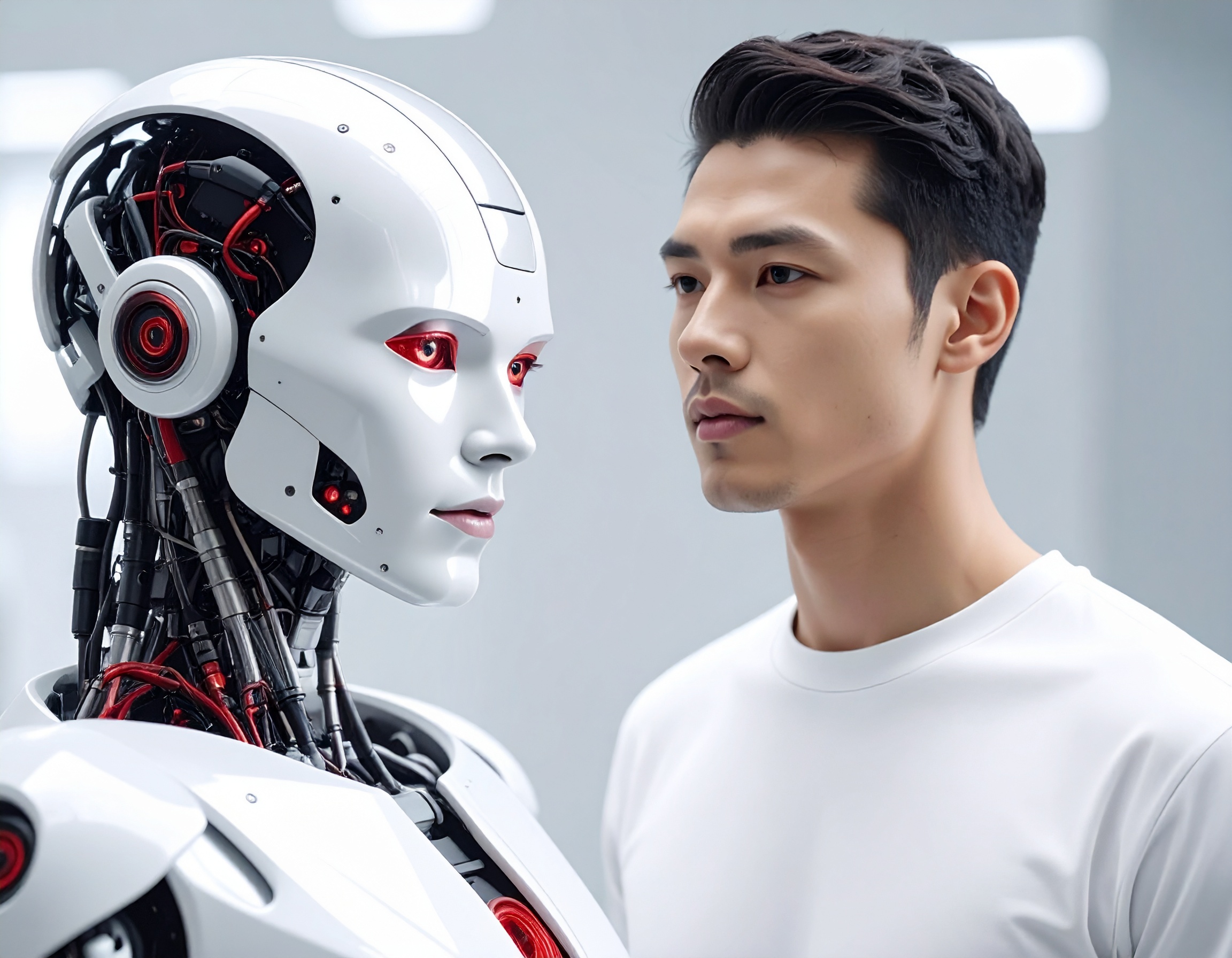Talking to Robots: How AI Employees Are Learning to Converse Naturally

Breaking New Ground in Human-Robot Conversation
In June 2025, Gabriel Skantze, a leading expert in conversational AI and co-founder of Furhat Robotics, shared exciting advancements in creating natural, face-to-face conversations between humans and robots. His work focuses on improving how AI employees and Voice AI Agents interact with people by incorporating human-like verbal and non-verbal communication cues, such as tone, timing, and turn-taking.
Solving the Problem of Awkward Pauses and Interruptions
Traditional voice AI systems often struggle with timing their responses, leading to unnatural silences or talking over people. Skantze and his team developed new models—like TurnGPT and Voice Activity Projection (VAP)—trained on real human dialogues. These models help non-human workers anticipate when to speak or listen, making conversations flow much more smoothly.

Why This Matters for AI Employees and Non-Human Workers
Improved conversational abilities mean AI employees can better serve roles in customer service, healthcare, and education. By sounding and responding more naturally, Voice AI Agents become more effective and engaging, fostering better communication and user satisfaction. Experiments with the Furhat robot demonstrated clear user preference for these enhanced conversations, proving the potential impact of this technology.
Looking Ahead: The Future of Voice AI Interaction
As non-human workers become more capable of fluid, natural dialogue, we can expect wider adoption of AI employees across industries. This breakthrough represents an important step toward seamless human-AI collaboration, changing how we interact with technology daily.
Key Highlights:
- When & Who: June 2025, Gabriel Skantze, expert in conversational AI and co-founder of Furhat Robotics.
- What Happened: New turn-taking models like TurnGPT and Voice Activity Projection (VAP) were developed to improve natural conversations between humans and robots.
- Why It Matters: These models help AI employees and Voice AI Agents reduce awkward pauses and interruptions, creating smoother, more human-like interactions.
- Evidence: Experiments with the Furhat robot showed participants preferred conversations using the new system due to quicker, more natural responses.
- Applications: Enhances AI use in customer service, healthcare, education by improving understanding and responsiveness of non-human workers.
Reference:
https://robohub.org/robot-talk-episode-125-chatting-with-robots-with-gabriel-skantze/


